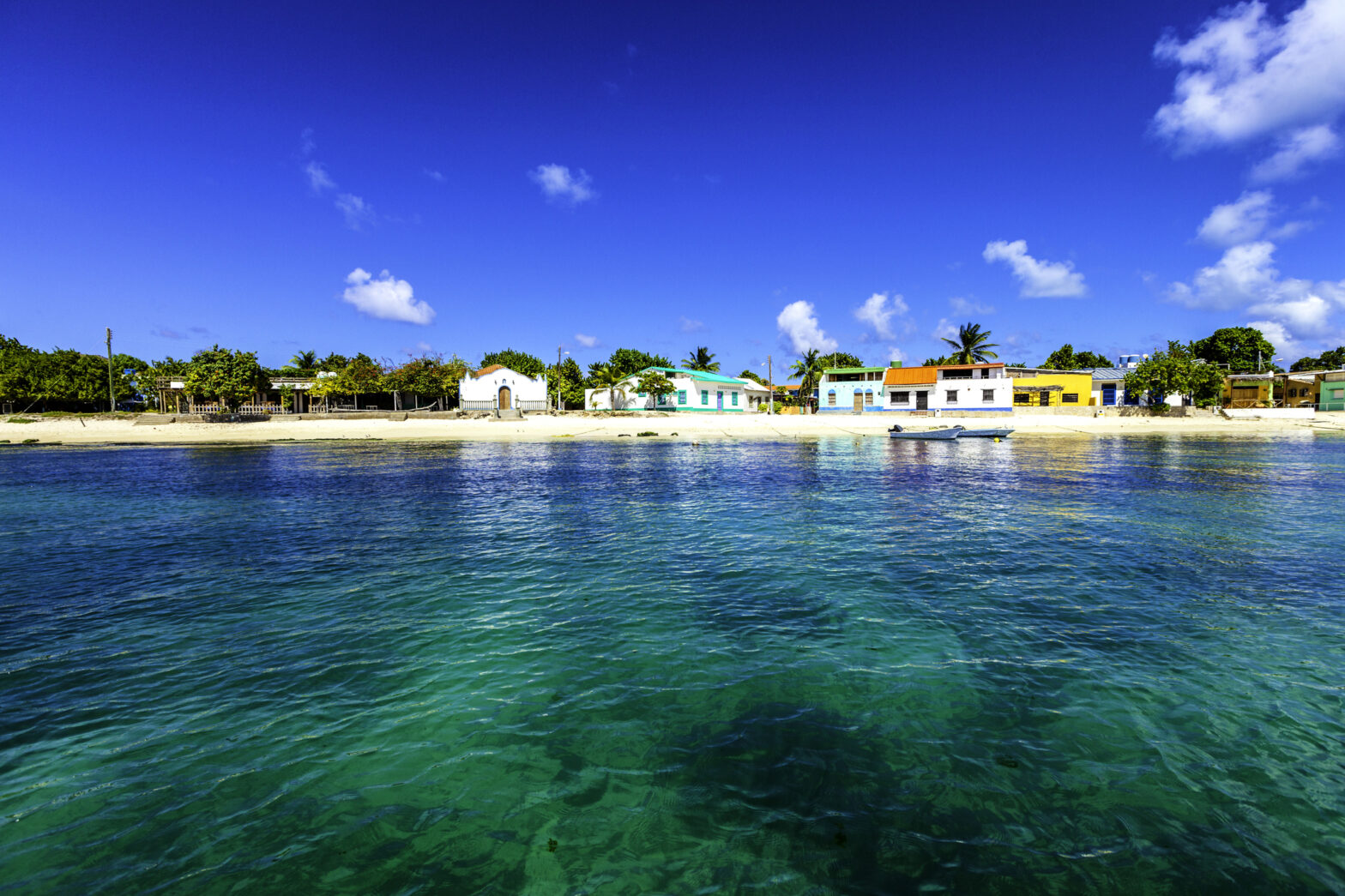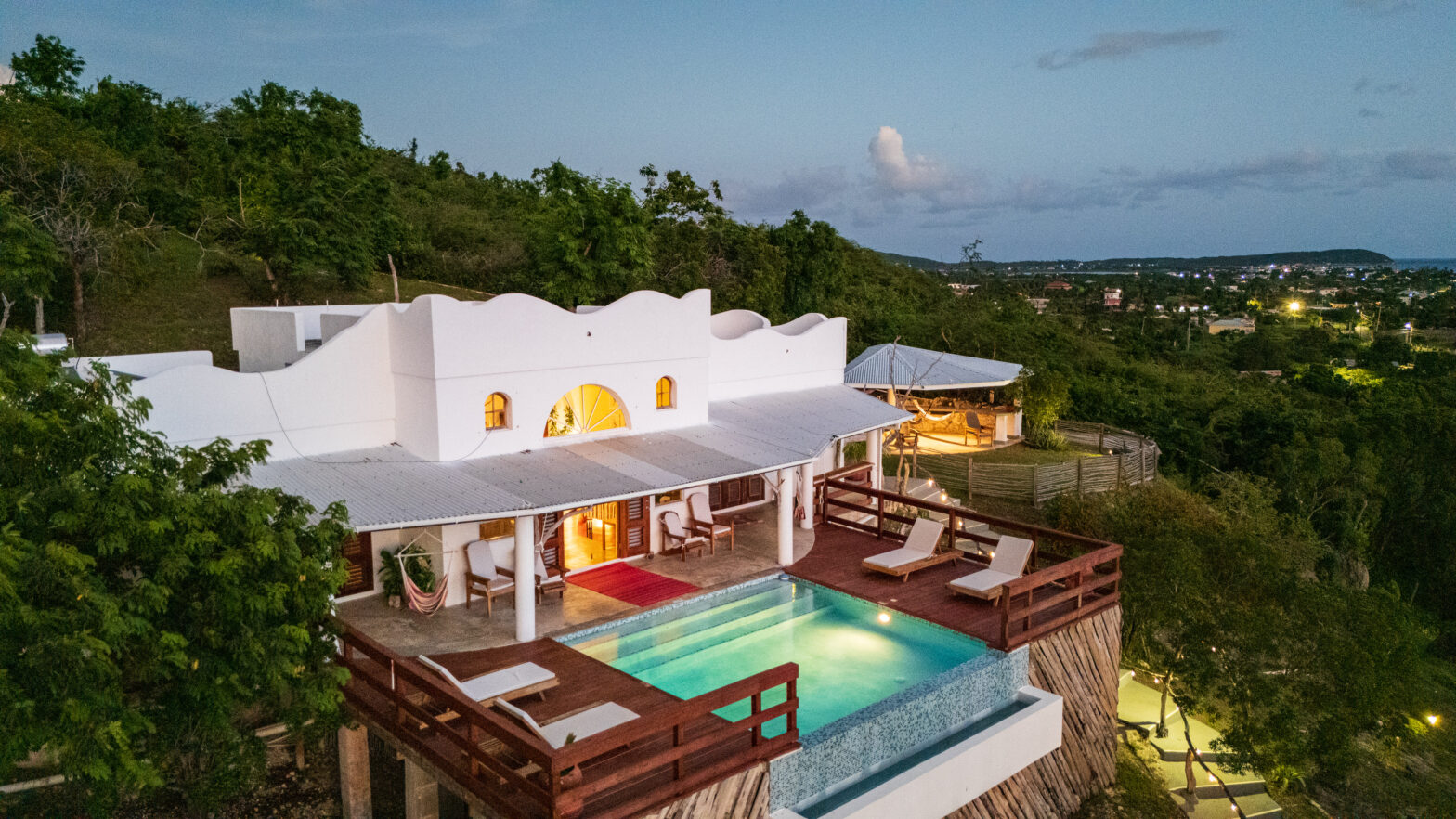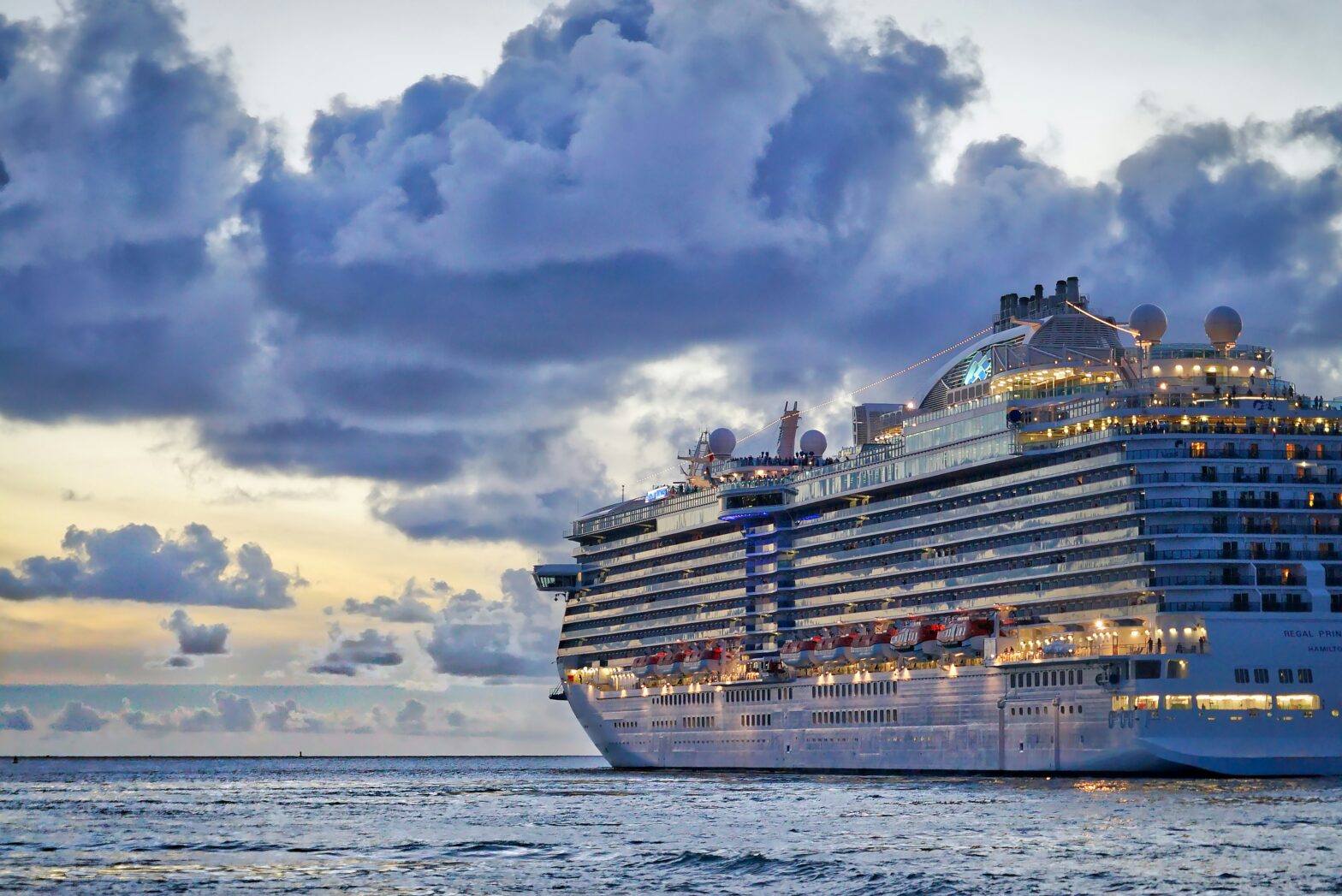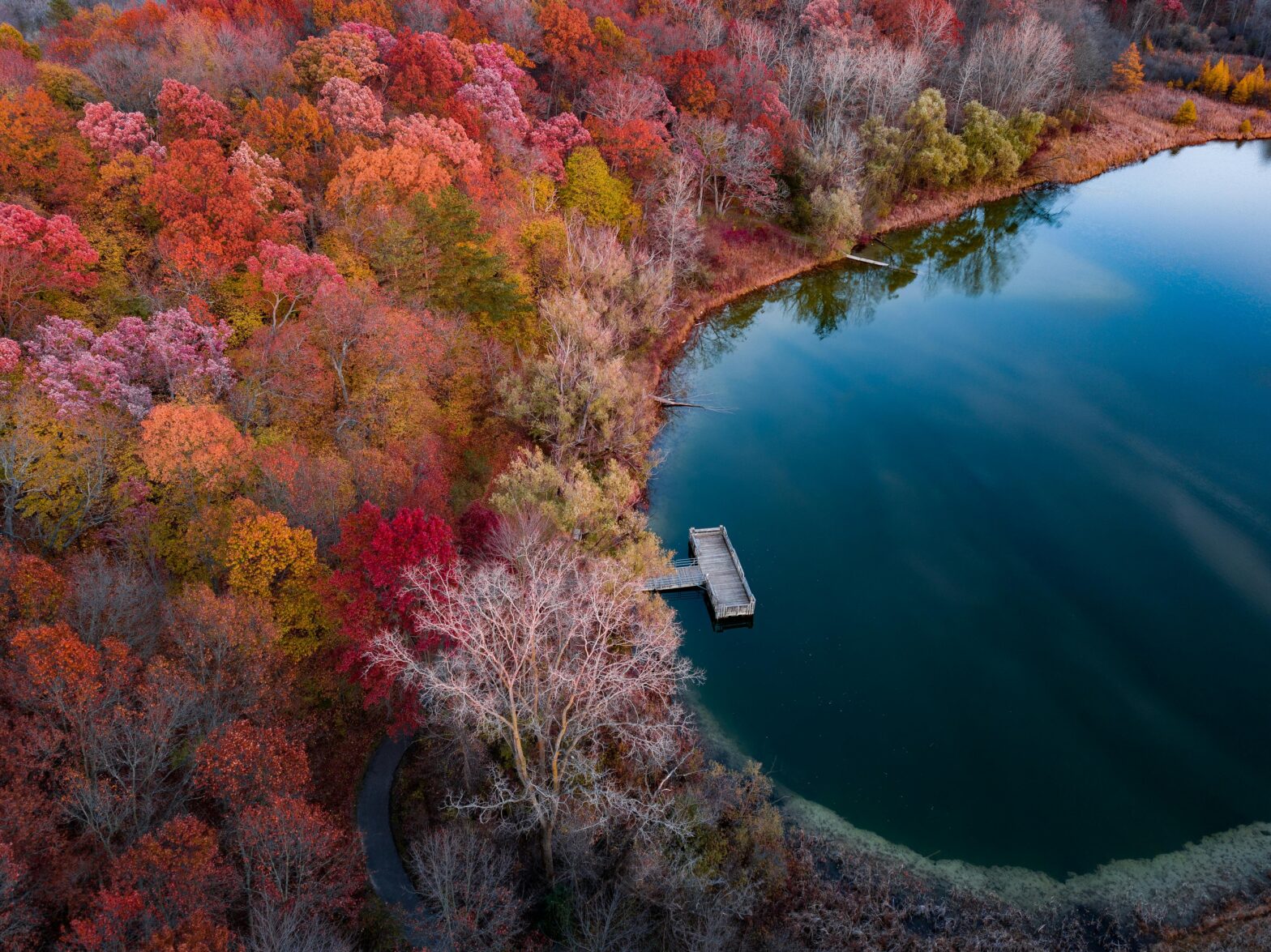You want to visit the Caribbean, but you’re on the lookout for a quiet, undiscovered spot to unwind. Consider adding Los Roques to your travel bucket list. The Los Roques Archipelago, located off the coast of Venezuela, is renowned for its stunning landscape, clean beaches and quiet hotels that put the needs of their guests first. It’s also considered a hidden gem of the Caribbean.
The island is located close to the coast of Venezuela. Due to the abundance of marine life, the gorgeous beaches and the pristine nature of the water, the area is popular with those who enjoy water activities. Los Roques is also one of the most important eco-tourist destinations in the South American country.
One of its most outstanding features is that it is a hidden paradise in the middle of the Caribbean Sea. Visitors characterize Los Roques as an oasis of peace far from the bustle of urban life. This is one of the many factors that make the chain of islands an ideal tourist destination in the Caribbean.
More Than 300 Islands
Traveling from island to island in search of unexplored beaches on this hidden gem of the Caribbean is a viable option. The archipelago is comprised of more than 300 individual islands, cays and sandbanks. Every island offers a unique experience different from the next.
Los Roques is also a paradise destination worth visiting because of its world-famous coral reef. Designated as a national park, the area’s natural beauty will be protected for future generations to enjoy.
This area is teeming with marine life, making it a great spot for snorkelers and scuba divers to explore the underwater world. The many beaches of Los Roques are also perfect for kiteboarding, windsurfing and fishing.
Tours of the nearby uninhabited islands and cays are available to those visiting Los Roques by boat. Several local tour operators are available to help arrange exploration excursions.
El Grande Roque
Accommodations on El Grande Roque, the largest island in the Los Roques archipelago, range from five-star hotels to cozy inns. While dining on locally caught seafood prepared by island chefs, guests can take in panoramic views of the turquoise waters that surround the island.
Travelers can stroll through El Gran Roque, a picturesque fishing village, to get a sense of the local way of life and culture. An active fishing community exists in El Gran Roque.
After a fulfilling meal at one of the area’s restaurants specializing in delectably fresh dishes, unwind at one of the quaint inns over tea or a cocktail.
Cayo de Agua
With picture-perfect white sand beaches and serene, coral reef-protected waters, the island of Cayo de Agua is the most beautiful in the chain. The joining of its narrow strip of land to sizable sandbanks across the sea results in a bridge-like phenomenon.
Snorkeling and scuba diving facilities add to the overall experience.
Cayo Madrisquí
The next stop is Cayo Madrisquí. Getting to the island is simple from Gran Roque by boat transfer. Cayo Madrisquí’s beaches are famous for their soft white sand and clear blue water.
A natural pool with calm waters can be found to the north of the key, making it an ideal location to swim, snorkel or dive among the area’s diverse marine life.
In addition to fly casters, this key attracts fans of other types of fishing with flies.
Cayo Crasqui And Cayo Francisqui
As far as the Los Roques islands go, Cayo Crasqui is among the most picturesque. Its stunning coral reefs and pristine waters are largely responsible for this. Aquatic enthusiasts find this cay to be one of the most ideal to visit.
Cayo Francisqui has one of Los Roques’s best beaches because of its shallow, placid waters. Families with young children flock to this destination and consider it a great hidden gem for Caribbean beach vacations.
Consistent winds and clear water at Francisqui make it a fantastic spot for the water sports of windsurfing and kiteboarding. In addition to its beautiful natural surroundings, this area has a lot of restaurants and bars that focus on cooking and serving fresh seafood.
RELATED: Jamaica’s Hidden Gems Are The Therapy You Never Knew You Needed





